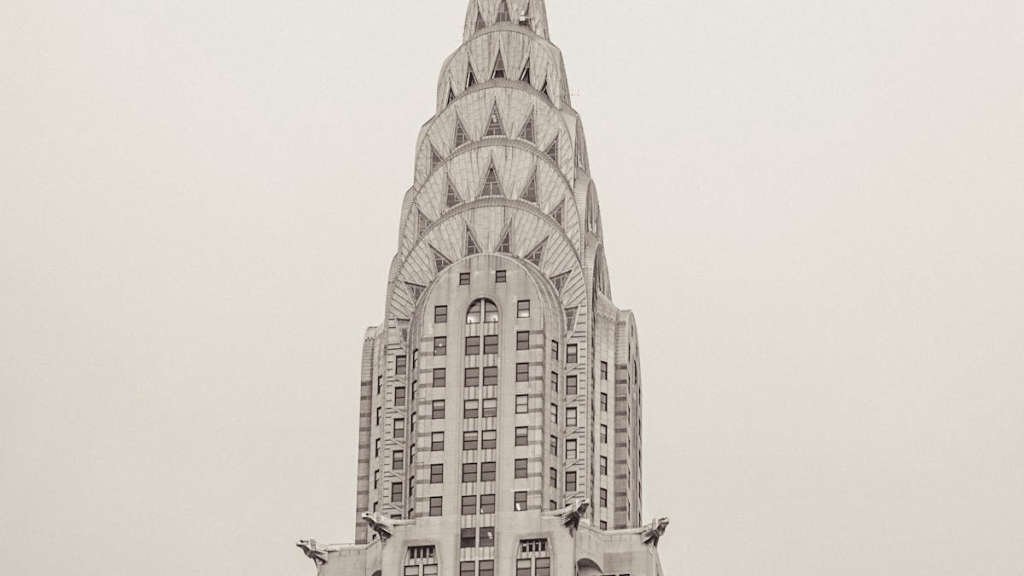
Exploring the Timeless Elegance of Art Deco Elements in Modern Design
Art Deco elements bring a touch of timeless elegance to modern design. From sleek lines to geometric shapes, these elements add a sense of glamour and sophistication to any space. Whether it’s Art Deco architecture design, Modern Art Deco buildings, or Historic Art Deco landmarks, the influence of this iconic style can be seen in various forms of contemporary design.
Main Points
- Art Deco elements add a sense of glamour and sophistication to modern design.
- These elements include sleek lines, geometric shapes, and a touch of elegance.
- The influence of Art Deco can be seen in various forms of contemporary design, from architecture to interior design.
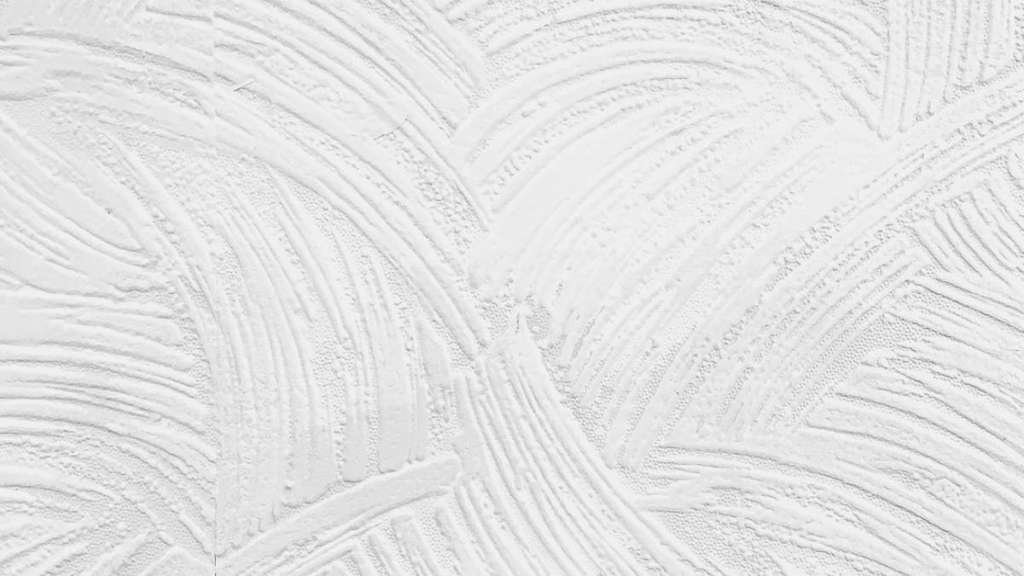
The Influence of Art Deco Architecture in Contemporary Design
Art Deco architecture design has had a significant impact on contemporary design trends. This style, which originated in the 1920s and 1930s, is characterized by its geometric shapes, bold colors, and luxurious materials. Today, we can see the influence of Art Deco in modern buildings, interior design, and even fashion.
Key Elements of Art Deco Architecture
Some of the key elements of Art Deco architecture design include:
- Geometric Shapes: Art Deco buildings often feature geometric shapes such as chevrons, zigzags, and sunbursts.
- Modern Art Deco Buildings: Many contemporary architects draw inspiration from Art Deco design principles to create modern buildings with a touch of retro style.
- Historic Art Deco Landmarks: There are many historic landmarks around the world that showcase the beauty of Art Deco architecture, such as the Chrysler Building in New York City and the Marine Building in Vancouver.
The use of bold colors and luxurious materials is also a common feature of Art Deco design. From gleaming metal accents to rich woods and marble, Art Deco architecture exudes sophistication and elegance.
Overall, the influence of Art Deco architecture in contemporary design is undeniable. Its timeless appeal and distinctive style continue to inspire designers and architects around the world.
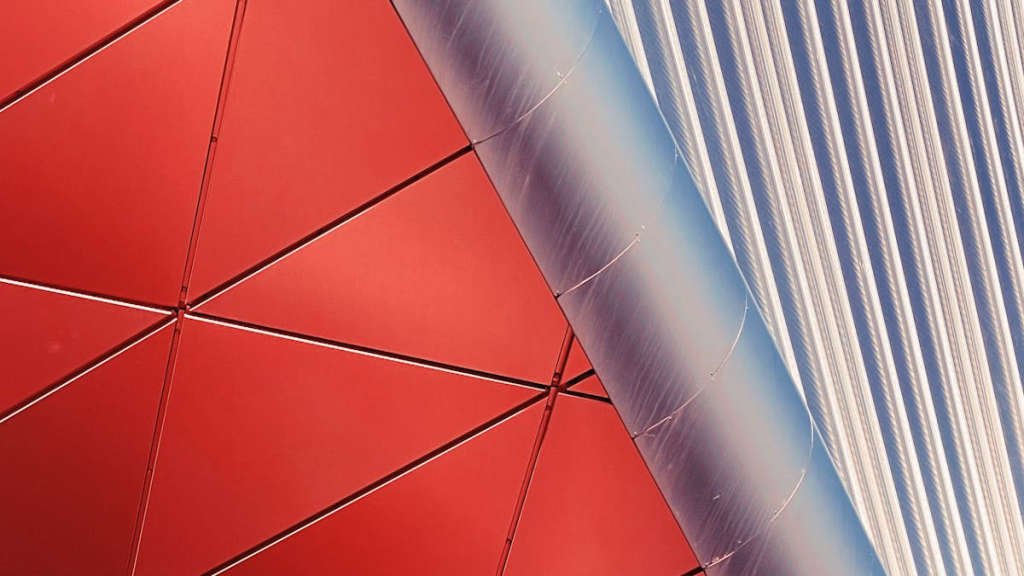
Reinterpreting Art Deco Patterns in Modern Interior Design
In recent years, there has been a resurgence of interest in incorporating Art Deco patterns into modern interior design. This iconic design movement, which originated in the 1920s, is known for its bold geometric shapes, luxurious materials, and glamorous aesthetic. By reinterpreting Art Deco patterns, designers are able to bring a touch of old-world charm and sophistication to contemporary spaces.
The Influence of Art Deco
The Art Deco movement was influenced by a wide range of artistic styles, including Cubism, Futurism, and Bauhaus. Its emphasis on symmetry, elegance, and luxury made it a popular choice for interior design during the early 20th century. Today, designers are drawing inspiration from Art Deco patterns to create visually striking spaces that blend the past with the present.
Incorporating Art Deco Patterns
When incorporating Art Deco patterns into modern interior design, designers often focus on key elements such as geometric shapes, bold colors, and luxurious materials. Geometric patterns, such as chevron and herringbone, can add visual interest to walls, floors, and furniture. Bold colors like black, gold, and silver can create a sense of drama and sophistication. Luxurious materials such as velvet, marble, and brass can enhance the overall feel of a space.
| Element | Description |
|---|---|
| Geometric Shapes | Patterns like chevron and herringbone |
| Bold Colors | Black, gold, and silver |
| Luxurious Materials | Velvet, marble, and brass |
By incorporating Art Deco patterns into modern interior design, designers are able to create spaces that are both timeless and on-trend. Whether it’s a bold wallpaper print, a statement rug, or a piece of furniture with geometric detailing, Art Deco patterns can add a touch of glamour and sophistication to any room.
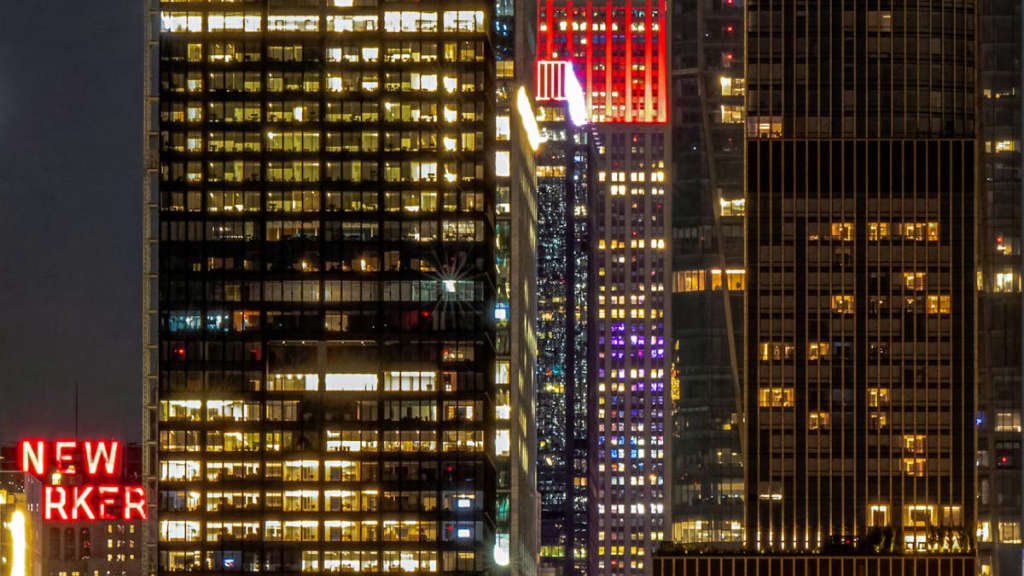
Incorporating Art Deco Colors to Add Glamour to Your Living Space
Art Deco style is all about luxury, sophistication, and glamour. One of the key elements of this iconic design movement is the use of bold and vibrant colors. Incorporating Art Deco colors into your living space can instantly elevate the look and feel of your home, transforming it into a chic and stylish retreat.
The Art Deco Color Palette
The Art Deco color palette is characterized by rich hues, metallic accents, and geometric patterns. Some of the signature colors of this style include emerald green, royal blue, and deep purple. These colors are often paired with metallic finishes such as gold, silver, and bronze to create a sense of opulence and grandeur.
How to Incorporate Art Deco Colors
There are several ways to incorporate Art Deco colors into your living space. One option is to paint your walls in a bold hue, such as emerald green or royal blue, to make a statement. You can also add pops of color through decorative accessories such as throw pillows, rugs, and artwork.
Another way to bring Art Deco colors into your home is through furniture and textiles. Look for pieces with geometric shapes and intricate detailing in rich, jewel-toned fabrics. Mixing and matching different colors and textures can create a dynamic and visually interesting space.
Whether you choose to go all-out with an Art Deco color scheme or simply incorporate subtle touches of the style, adding these glamorous hues to your living space can make a dramatic impact. Embrace the bold and vibrant colors of Art Deco to create a home that exudes elegance and sophistication.
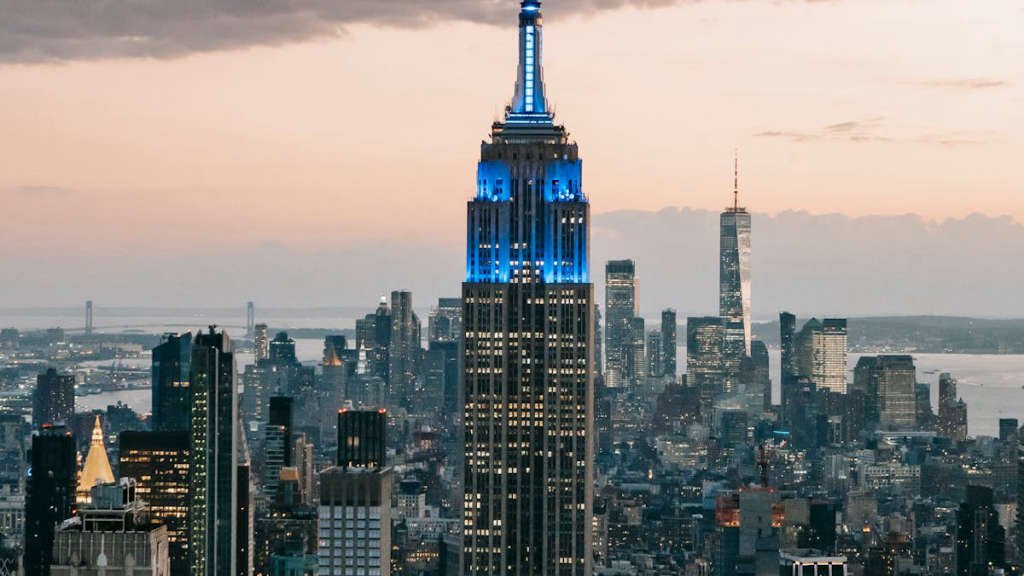
Art Deco Furniture: A Timeless Elegance for Modern Homes
Art Deco furniture is a style that has stood the test of time, bringing a touch of timeless elegance to modern homes. Characterized by its bold geometric shapes, luxurious materials, and vibrant colors, Art Deco furniture is a true reflection of the glamour and sophistication of the 1920s and 1930s.
One of the key features of Art Deco furniture is its use of high-quality materials such as exotic woods, lacquered finishes, and luxurious fabrics like velvet and satin. These materials not only add a sense of luxury to the furniture pieces but also ensure their durability and longevity.
Key Elements of Art Deco Furniture:
- Geometric Shapes: Art Deco furniture often features bold geometric shapes such as stepped forms, chevron patterns, and sunburst motifs.
- Luxurious Materials: Exotic woods, lacquered finishes, and luxurious fabrics like velvet and satin are commonly used in Art Deco furniture.
- Vibrant Colors: Bold and vibrant colors such as deep blues, rich greens, and striking reds are characteristic of Art Deco furniture.
Art Deco furniture is not only a reflection of a bygone era but also a perfect choice for modern homes looking to add a touch of elegance and sophistication. Whether you’re looking to furnish your living room, bedroom, or dining room, Art Deco furniture can instantly elevate the look and feel of any space.
| Pros of Art Deco Furniture | Cons of Art Deco Furniture |
|---|---|
| Timeless Elegance | Can be expensive |
| Durable Materials | May not suit all design styles |
| Unique Design Elements | Requires careful maintenance |
Art Deco Lighting Design: Bringing a Touch of Luxury into Interiors
Art Deco lighting design is a timeless and elegant style that can bring a touch of luxury into interiors. Originating in the 1920s, Art Deco design is characterized by its geometric shapes, bold colors, and luxurious materials. When it comes to lighting, Art Deco fixtures can elevate any space and create a sense of glamour and sophistication.
One of the key elements of Art Deco lighting design is the use of luxurious materials such as glass, brass, and chrome. These materials not only add a touch of opulence to a room but also reflect light in a way that enhances the overall ambiance. Art Deco lighting fixtures often feature intricate detailing and bold geometric shapes, making them stand out as statement pieces in any interior.
The Importance of Lighting in Interior Design
Lighting plays a crucial role in interior design as it can affect the mood, ambiance, and functionality of a space. When it comes to Art Deco design, lighting is used to highlight the luxurious materials and bold shapes that define the style. From chandeliers to table lamps, Art Deco lighting fixtures can add a touch of elegance and sophistication to any room.
Overall, Art Deco lighting design is a perfect way to bring a touch of luxury into interiors. With its focus on luxurious materials, bold shapes, and intricate detailing, Art Deco lighting fixtures can help create a glamorous and sophisticated atmosphere in any space.
Conclusion
In conclusion, the undefined concept brings a sense of mystery and excitement to the world of design. By incorporating Art Deco elements into our spaces, we can create a timeless and elegant atmosphere that captures the essence of a bygone era. The beauty of undefined lies in its ability to blend the past with the present, creating a unique and captivating aesthetic that never goes out of style. So next time you’re looking to add a touch of sophistication to your home or office, consider embracing the undefined and embracing the allure of Art Deco design.
Frequently Asked Questions
What are the key characteristics of Art Deco design style?
Key characteristics of Art Deco design style include geometric shapes, vibrant colors, luxurious materials, and bold symmetry.
When did the Art Deco movement begin?
The Art Deco movement began in the 1920s and became prominent up until the 1940s.
Where can Art Deco elements be commonly found?
Art Deco elements can commonly be found in architecture, interior design, fashion, and visual arts.
What influenced the Art Deco design style?
Art Deco design style was influenced by various art movements, including Cubism, Constructivism, and Futurism.
Is Art Deco design still popular today?
Yes, Art Deco design remains popular today for its timeless elegance and modern appeal.
